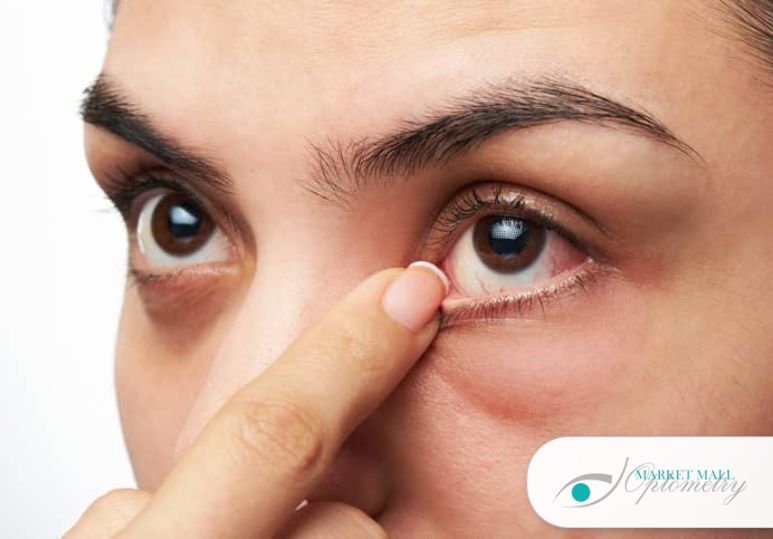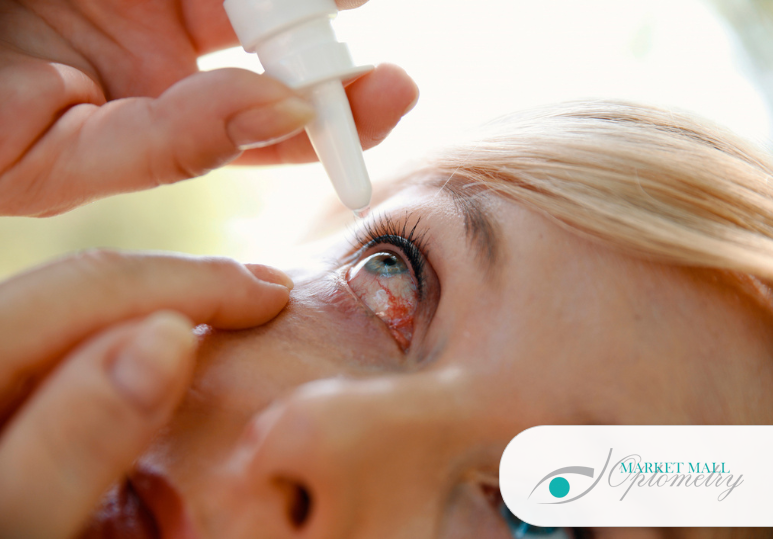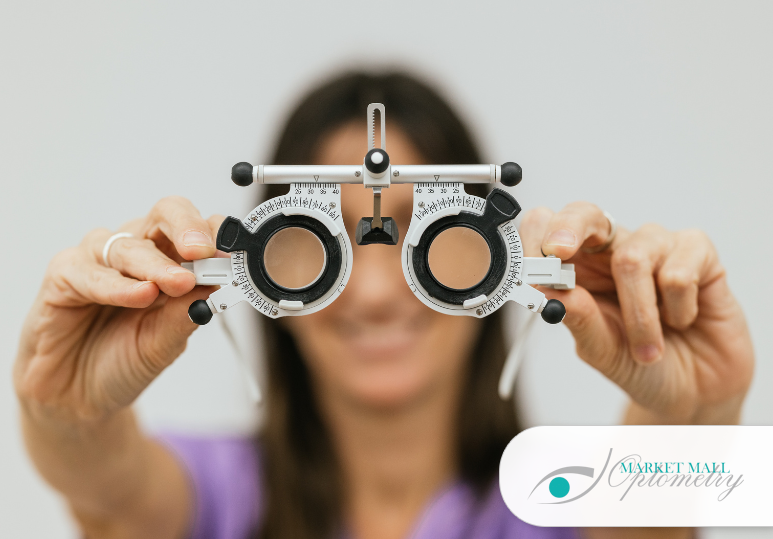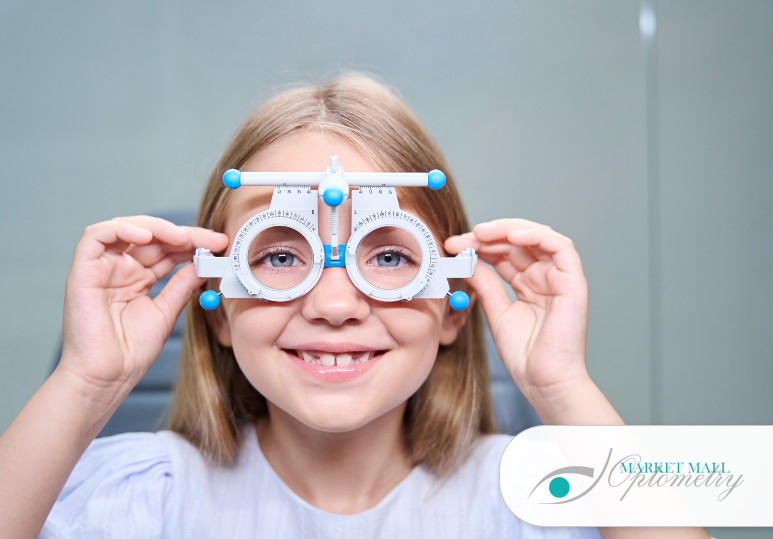Tests Your Optometrist Will Use To Diagnose Dry Eyes
A Comprehensive Eye Exam
Before you receive any dry eye tests, you will first need to have an eye exam. This will give your optometrist an opportunity to discuss your health history and any medications you are on as well as your family's eye health history. Your optometrist will also examine your eyes to ensure that your dry eye symptoms are not being caused by any other underlying issues.
Schirmer’s Test
One of the most common reasons people have dry eyes is because they do not naturally produce enough tears to keep the eyes lubricated. The Schirmer’s test is used by your optometrist to determine if you are producing enough tears. For this test, your optometrist will place a small piece of paper on the edge of your eyelid. You will close your eyes to secure this piece of paper and remain like that for about 5 minutes. The paper will reveal how much liquid your eyes produce so that your optometrist can determine if a lack of tear production is causing your dry eyes or if further tests are needed.
Tear Break Up Time
Also referred to as a TBUT, this test measures how long your tears last after you blink. Adequate lubrication is not only due to the amount of tears you produce but by the quality of tears. If your Schirmer’s test shows that you are producing enough liquid, the issue is likely the quality of the tears instead of the volume. Tears need to have the right combination of oil, water, electrolytes, proteins, and mucins. If this composition isn’t right, then even if you are producing enough tears, they will not lubricate your eyes adequately. A TBUT test will be able to determine if you are lacking oils that prevent the tears from evaporating too quickly.
Slit Lamp Test
This test gets its name from the high-intensity light used to help the optometrist look into your eye. This test uses a low-powered microscope to examine various components of your eye, including your eyelid. When checking for dry eyes with a slit lamp test, your optometrist is looking to see if you produce enough tears and the overall health of your eye.
Visit A Calgary Optometrist For Dry Eye Testing
Dry eye symptoms can range anywhere from mildly inconvenient to painful and dangerous to your eye health. No matter how severe your dry eye symptoms are, Market Mall Optometry can help you start living a more comfortable life with reduced dry eye symptoms. If you suspect you have dry eyes, schedule an eye exam with an optometrist from Market Mall Optometry in NW Calgary. Our optometrists will be able to determine the severity of your dry eyes and can create a personalized treatment plan. To schedule an eye exam with one of our Calgary optometrists, contact Market Mall Optometry at 1-403-286-4884 or fill out the online contact form.
FAQ
Q: Do dry eyes get worse depending on the season?
A: They can, depending on the individual. Some people experience more severe dry eye symptoms in the winter when the air is drier, but other people have allergy flare-ups in the spring and summer that make their dry eyes worse. Read Seasonal Dry Eye: How To Manage Your Dry Eye Syndrome This Spring And Summer to learn more or discuss your dry eye changes with your optometrist during an eye exam.
Q: How can I relieve my dry eye symptoms?
A: The most common remedies for dry eye include:
- Artificial tears
- Prescriptions eye drops
- Punctal plugs
- Warm compresses
- IPL treatment
Learn more about these treatments by reading 5 Common Dry Eye Syndrome Treatment Options or check out our line of dry eye treatment products.
Q: Who is at risk of dry eye syndrome?
A: A significant risk factor for dry eye syndrome is age. As we age, it becomes more difficult for our eyes to produce tears, making us susceptible to dry eyes. Individuals with autoimmune diseases may also be at risk for severe cases of dry eye syndrome.





